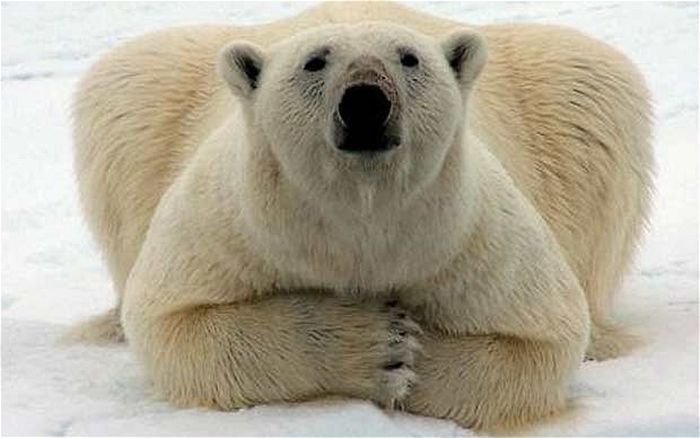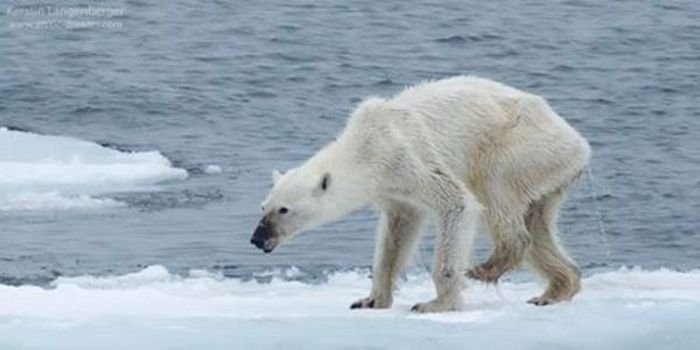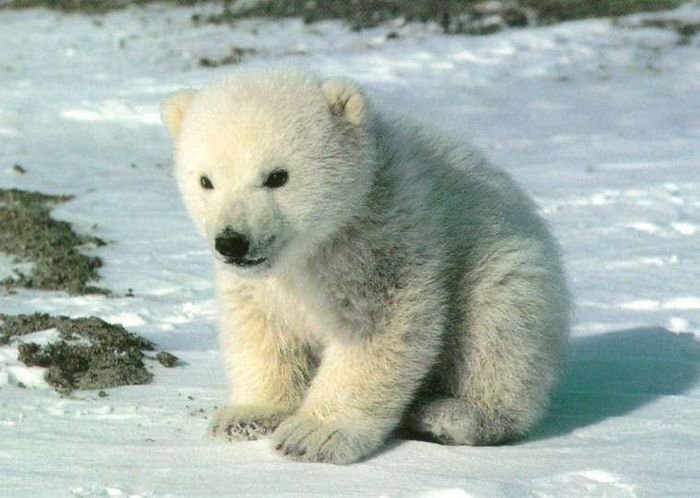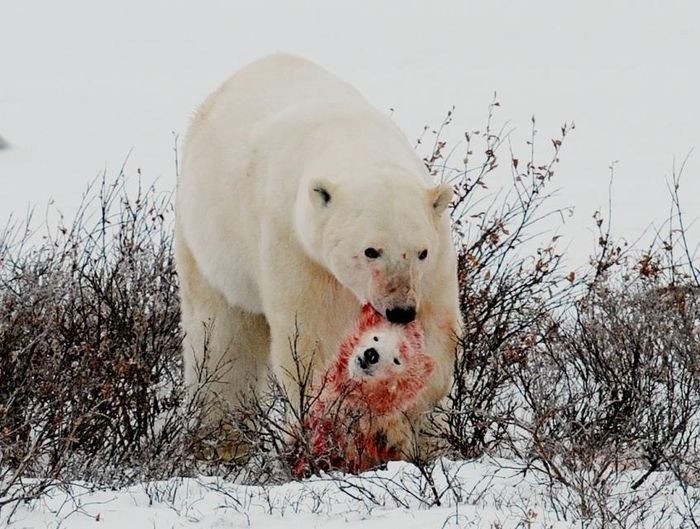Innocuous-looking polar bears have long been termed as a race on the verge of extinction. The rise in carbon footprints is rapidly engulfing the arctic habitat leaving the ice surface predator’s life in danger.
Why is this happening? Well, the largest terrestrial predator on the planet feeds on seals. The giant animal walks on the ice and can even swim in the water and drags its prey to the surface using claws. Seals provide them with enough calories to last a long season from autumn to summer while they fast. And as the ice melts, the population of seals is going down causing the scarcity of food.
Why is sea ice so important?
Sea ice preforms an important function of maintaining the ecosystem. The algae, fungi and bacteria grow on the inner surface of the sea ice. They are eaten by larger creatures like shrimp which are in turn eaten by fishes. Seals feed on fishes and form the meal for polar bears.

Polar bears are starving
As sea ice melts, the population of seals, which is the primary source of food for polar bears is threatened.
The lack of availability of seals forces polar bears to spend more time on land and make do with eating berries, eggs and birds. This leaves them underweight, malnourished and emaciated. Female polar bears are unable to bear healthy cubs or gain enough weight to last while they fast from autumn to summer.

Incidents have been reported where undernourished and starving polar bears in search of food got tired of swimming for long distances, fell through the thin ice and drowned.
Young polar bears die in the absence of their mothers
A young polar bear needs to stay with his mother for at least two and a half years in order to learn hunting and survival techniques in the Arctic. When adult bears die, the young cubs are left unfed and unattended which leads to their pre-mature death.

Starving bears are killing each other
Due to the lack of enough food, the starving bears are resorting to killing each other, a pattern unseen among the species before.

Although polar bears are protected by the USA under the Endangered Species Act (ESA) of 1973 and measures have been taken to curb poaching, there is an urgent need to address the long term climactic issue that challenges the species.
There is a direct co-relation between the depleting environment and the habitat loss of this arctic inhabitant. As we continue disregarding the nature and do nothing to bring down the carbon emission and green house gases, more and more species like this will fall prey to human behaviour.

















